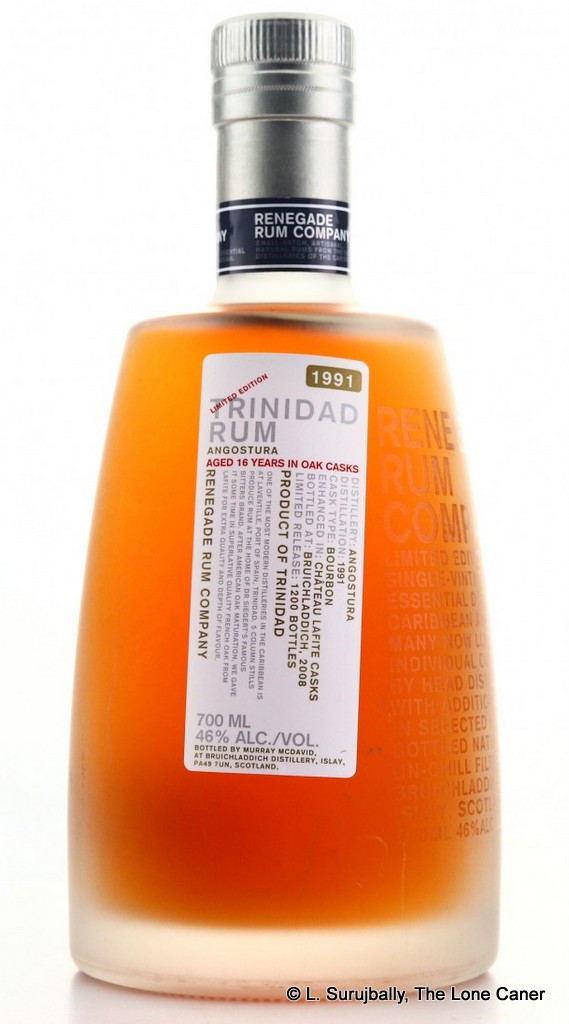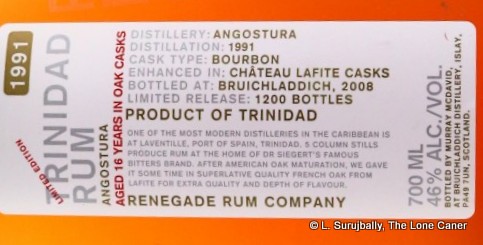Among the best of the five year olds, and may actually be the best 5 I’ve had to date.
One of the surprising things about the Plantation Barbados 5 year old is the fact that it is bottled at what, for Plantation, is a relatively mild 40%. Still, for all my whining about wanting rums to be stronger, I can’t deny the overall quality of what many would dismiss as a mixer’s rum, because it’s a quietly impressive product that is the equal of the El Dorado 5 year old in every way, and exceeds it in others.
Cognac Ferrand is noted for taking rums from various plantations around the West Indies and Central America, ageing them in situ and then bringing them over to France where the finish it in cognac casks for a few months. This double ageing gives their rums a certain richness and depth that is really quite something, and while they simply classify the rums by the date of distillation (one is left to guess how old a given rum therefore is), in this case they have stated front and centre that it is a five year old rum, which makes comparing it against others a much less theoretical proposition.
A while back, I ran four fives against each other and commented on their various characteristics and how they stacked up – based on that, I felt (at the time), that the El Dorado five was the best of the (limited) lot. Well, here Plantation does it one better, and steals the crown. I got this impression right from the get-go, when opening it up and taking a good strong sniff. Most five year olds I’ve tried tend towards the slightly raw – there is usually a sense of better to come, with a spiciness and burn deriving from some ageing, perhaps not so complete. Here, precisely the opposite was true: the rum was quite soft, quite smooth (a bit of a nip, yes…just less than you might expect), quite pleasant on the nose. Vanilla, plums, dark berries (blackcurrants and blackberries with ripe cherries), and a dusting of coconut shavings were all in evidence, leavened as it opened up with some pineapple and cinnamon, butterscotch and toffee.
As for the taste, well now, colour me impressed: amazingly robust on the palate, deep and intense, oily and quite smooth, warm and easy to sip. Just sweet enough to please, with simpler, forceful notes of vanilla and cinnamon segueing gently into molasses, burnt sugar, caramel, the aforementioned coconut shavings and a dark chopped-fruit melange. The feel of this rum as I drank it was of a warm freshly laundered pillow, something quite soft enough to hug, definitely more polished and nuanced than the ED5. Finish was sweet, honeylike, relaxed, and gave you no attitude whatsoever. In it, you could see the Plantation Barbados 20th Anniversary take shape. It’s that decent.
On its own you’re not necessarily going to get all this: but trying it in tandem with a few other similarly aged offerings gives you a gist of the quality I describe here. It really is quite an experience, to be able to sip – not even adding water – a rum this young and this cheap. I thought Josh Miller at Inu a Kena was kidding when he muttered disbelievingly “I’m sipping a sixteen dollar rum! Neat!” But he was doing no more than telling the absolute truth.
The Plantation Barbados 5 year old may be relatively uncomplex compared to older rums, not too much oomph in the trousers alcohol-wise, but you simply cannot argue with its put-togetherness. Okay, so maybe it’s not a top ender, but in my mind, it perhaps should be – it takes its place among the best young rums out there. On smoothness, taste, texture, mouthfeel and finish, all for that one low low price, it is a rum that will be difficult to beat even by products many times its age.
(#166. 84.5/100)
Other notes
- I am aware that I scored the El Dorado 5 78 points back in 2010. For that time, it was right. Now, three years down the road, I would probably rank it quite a bit more generously (and may yet do that, if I pick up another bottle). I’ll just note the discrepancy, and remark to my fellow bloggers who are kind enough to read this review, that this is why one should never taste a rum for scoring purposes in isolation but always as part of a series of some kind.
- Also, it may cost twenty bucks or less in the US, but in Canada it’s closer to forty.
- Plantation has been known for (and has admitted to) the practice of “dosing” which is the adding of sugar to round out and smoothen their rums. In this case the various sugar lists maintained by the fatrumpirate and others work out to about 22 g/L for this rum. Different people have different attitudes towards this practice, so I mention the matter for completeness.
- Update 2021 – No, I would not now score this as high as I did back in the day. In the last eight years I have gained much more experience in the dampening effects of this kind of dosage, and my preferences have evolved towards less rather than more. So the enthusiasm displayed above is muted, as I’m sure Josh’s is, as well. (NB: The issue with Plantation’s business model and the Barbados GI do not affect this comment, which is a puzzling linkage I find on many others’ remarks on the rum).
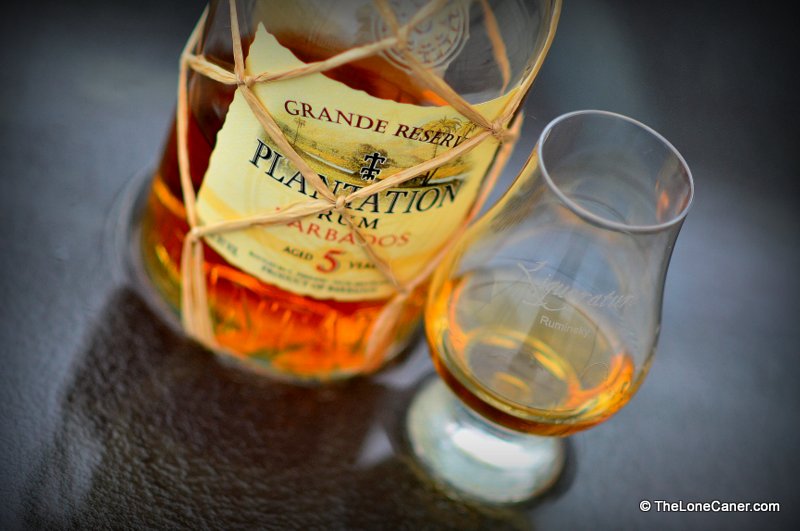

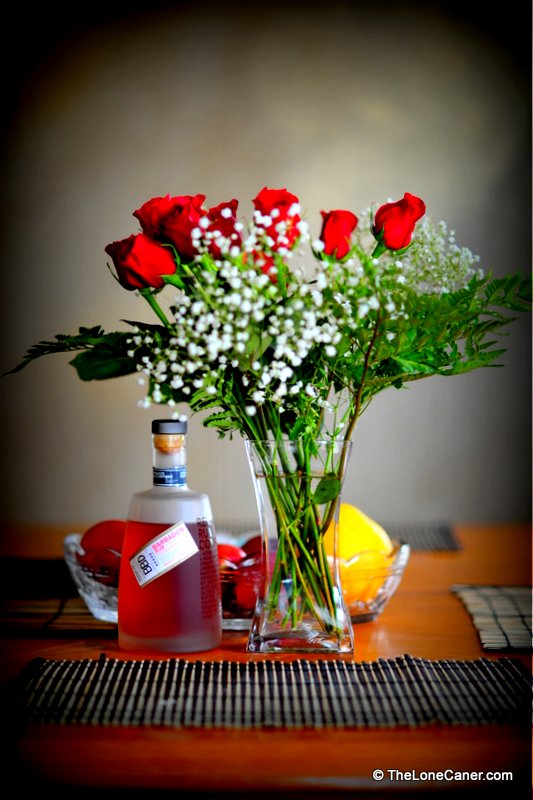
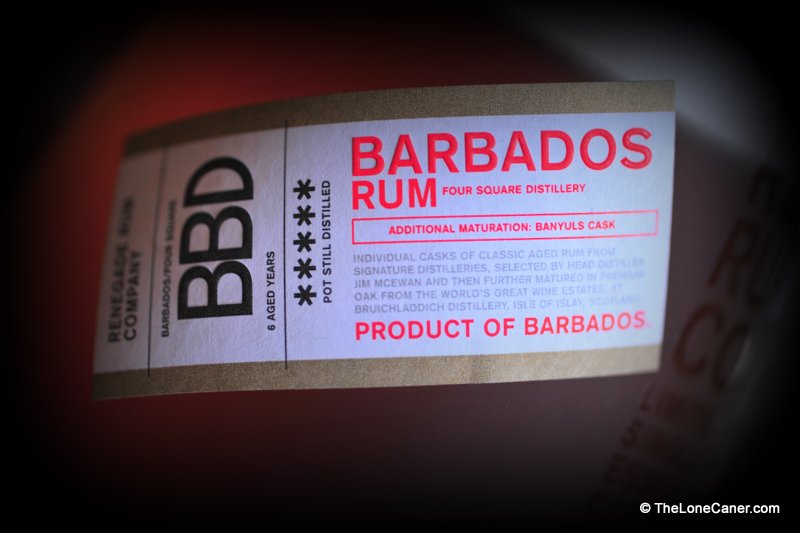
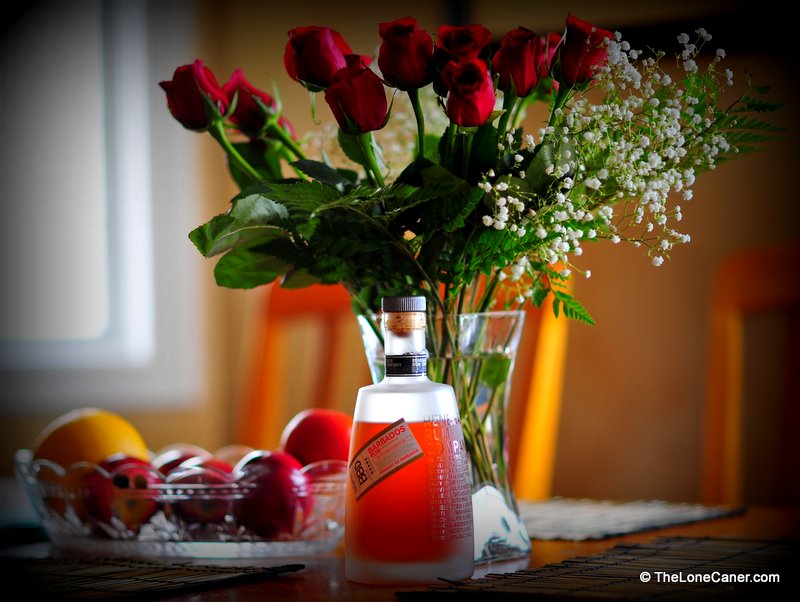
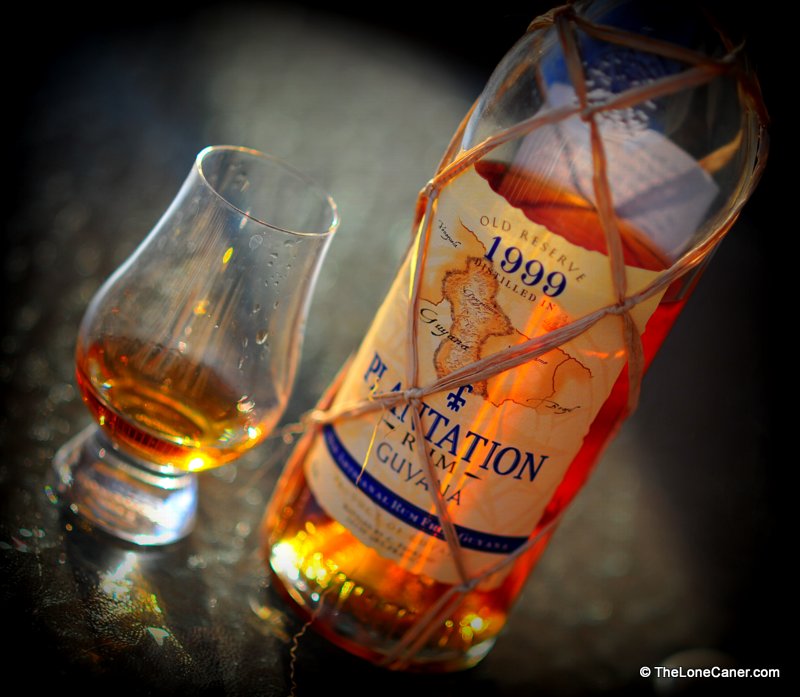
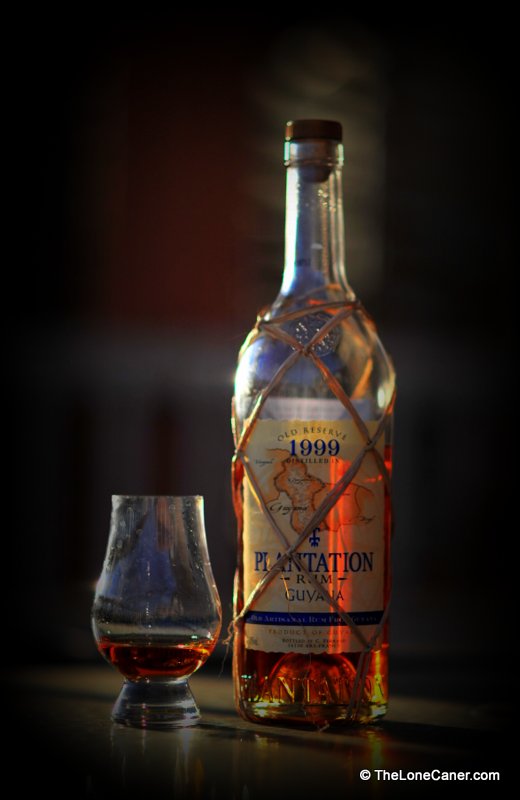
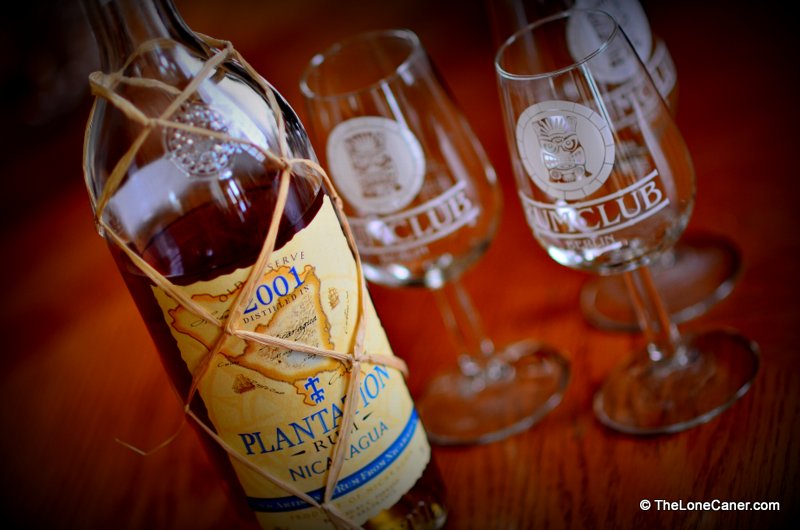
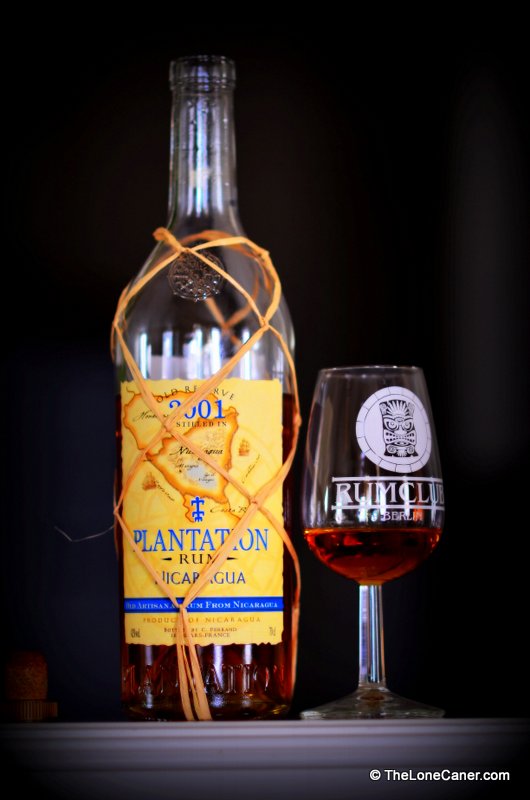
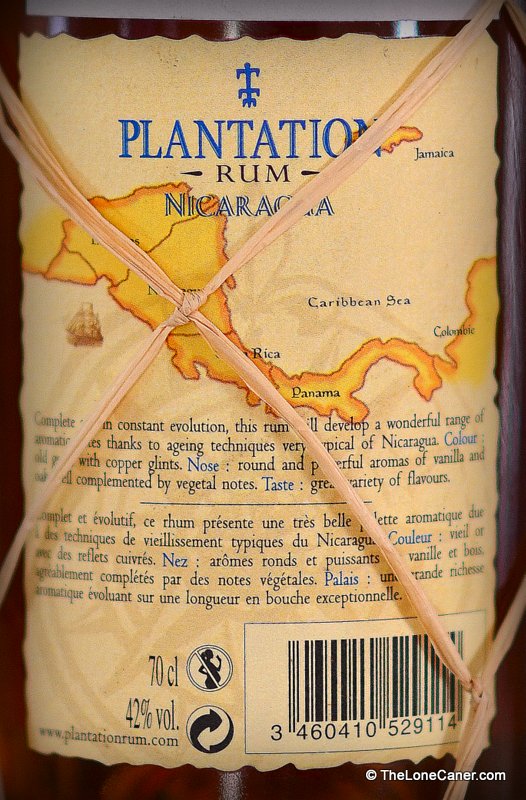
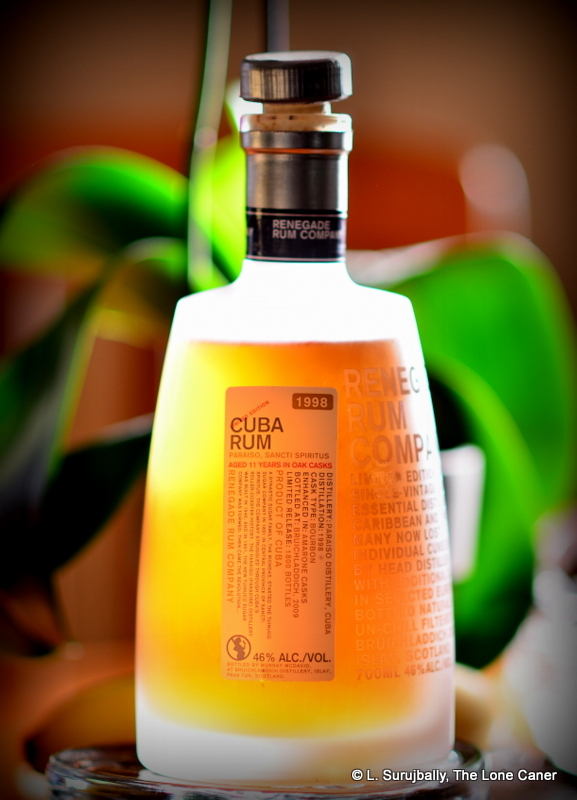
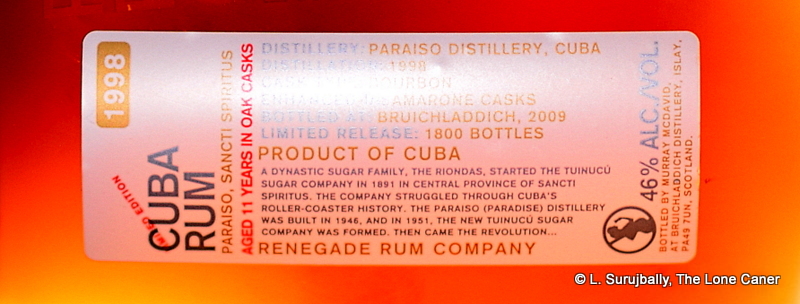
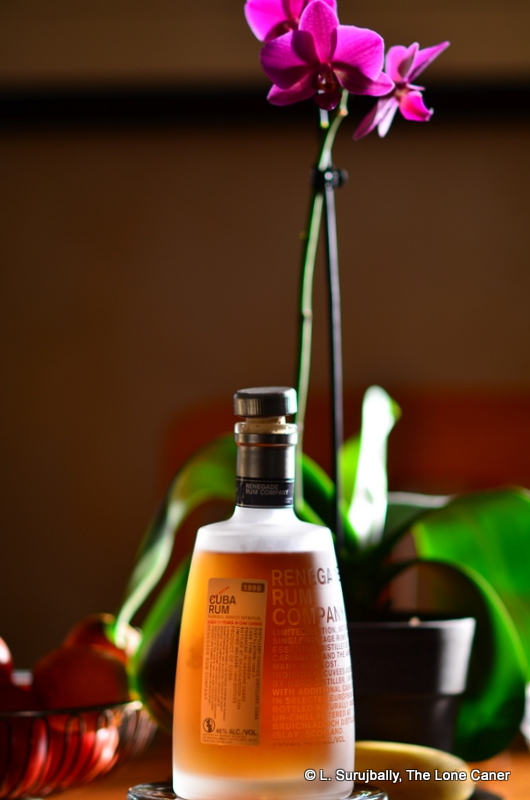
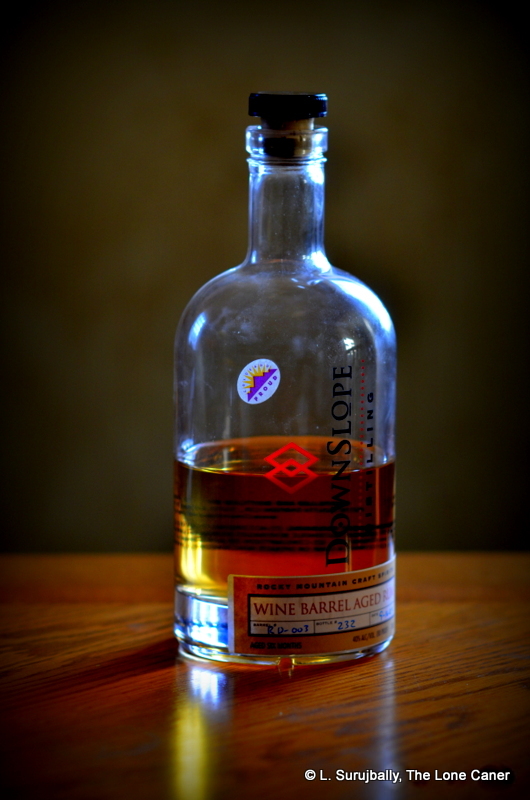
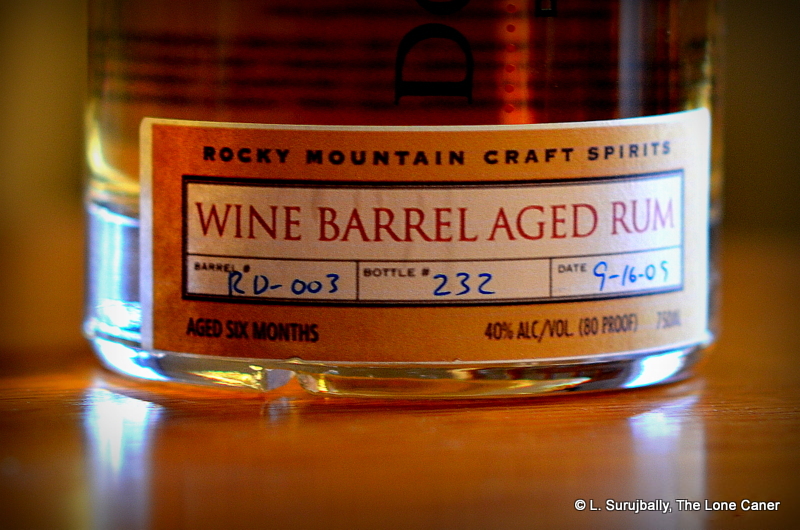
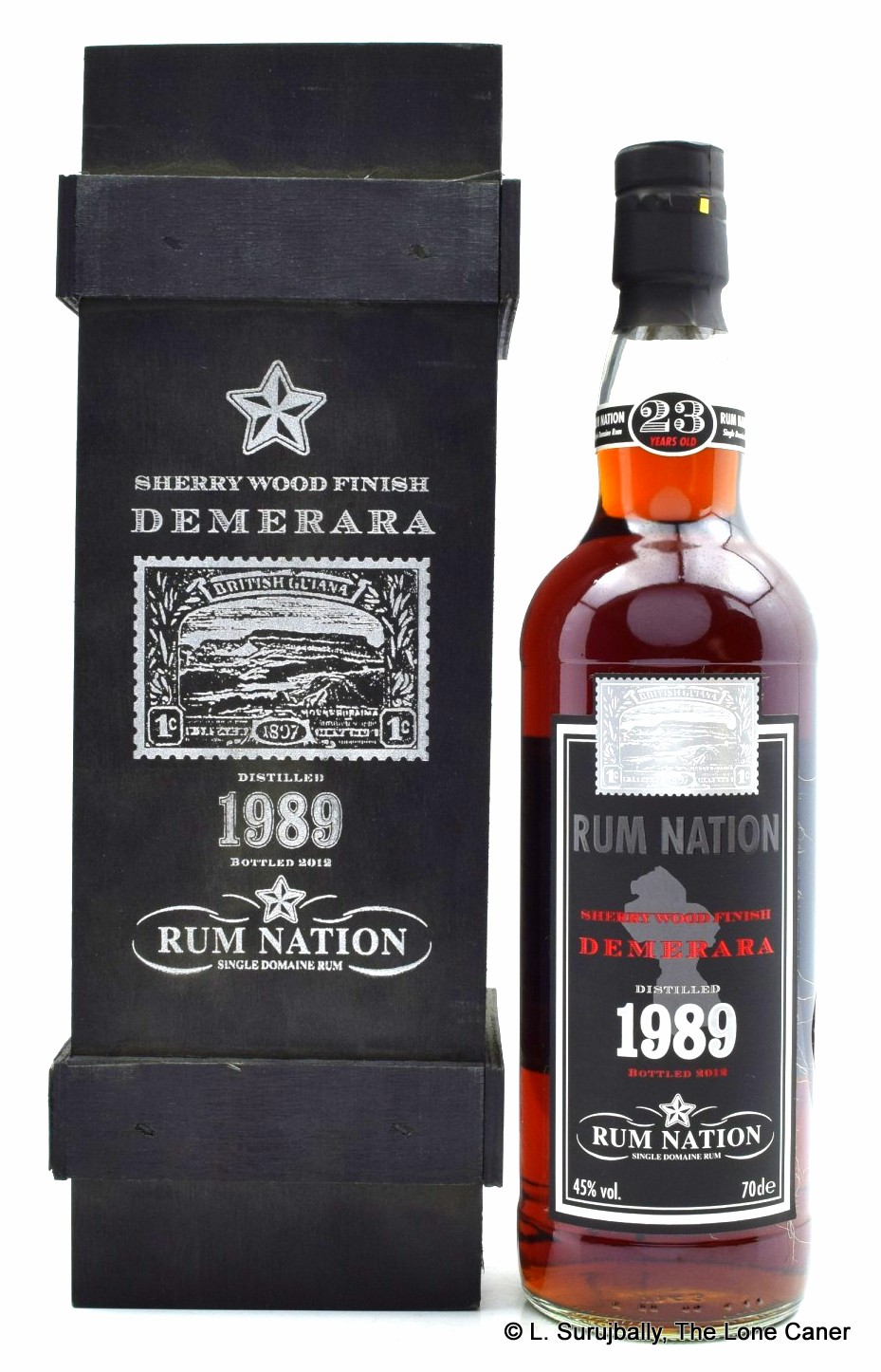
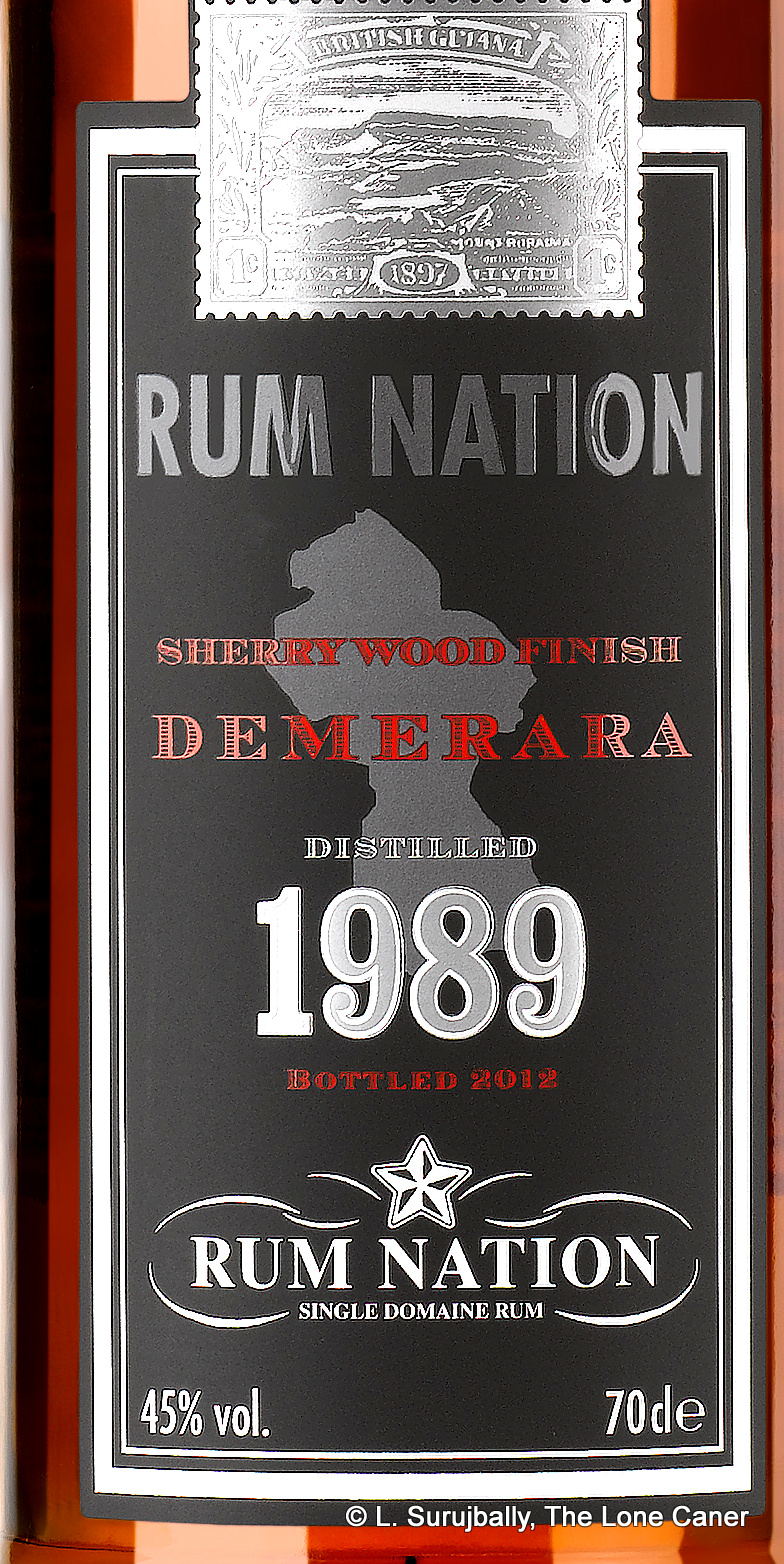
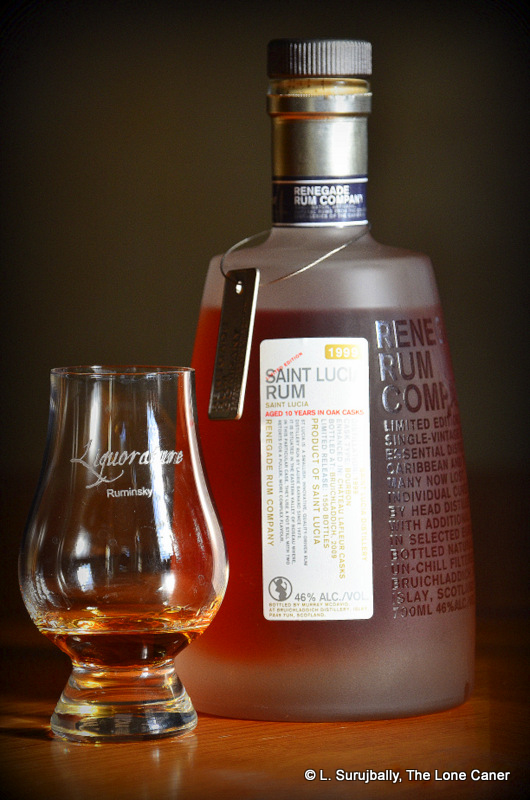


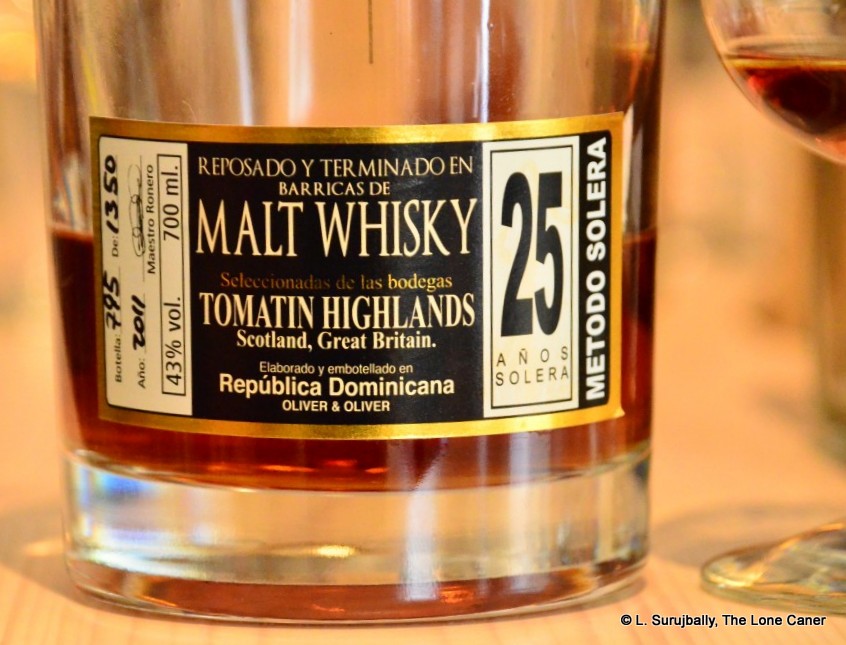
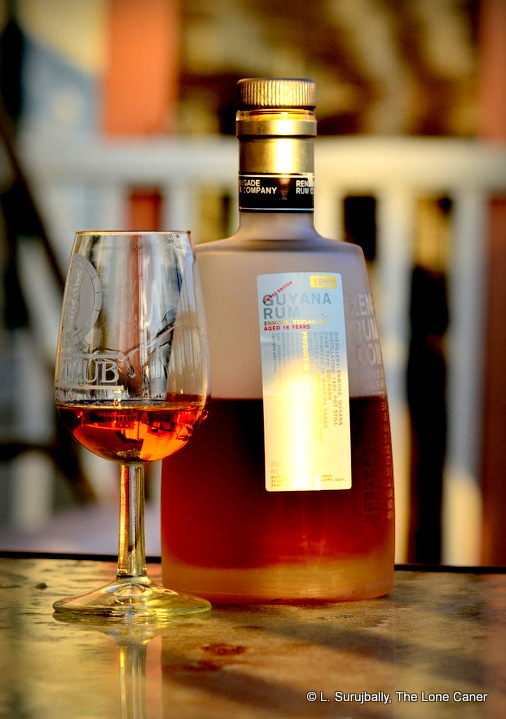
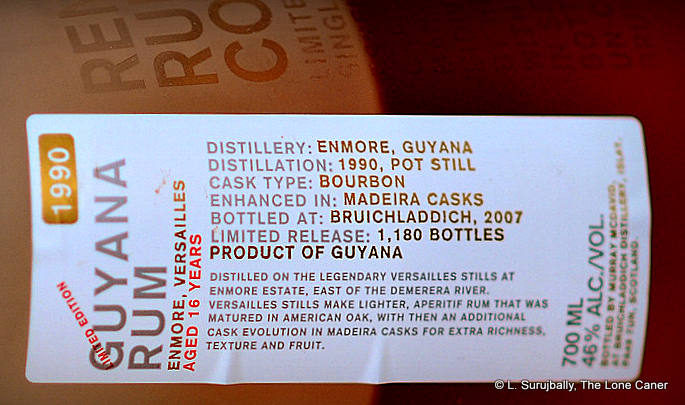
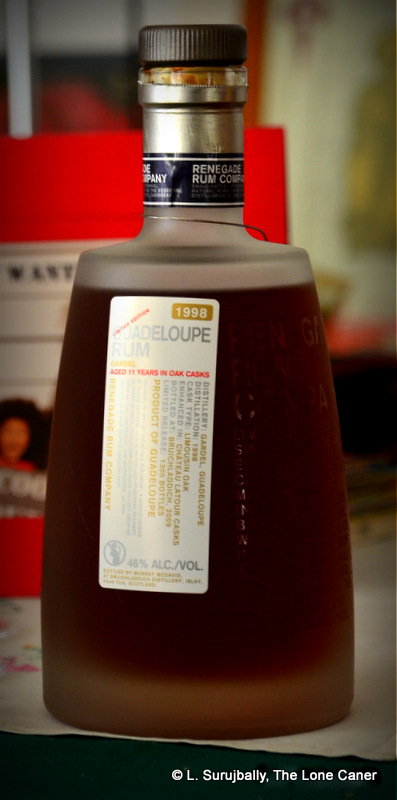
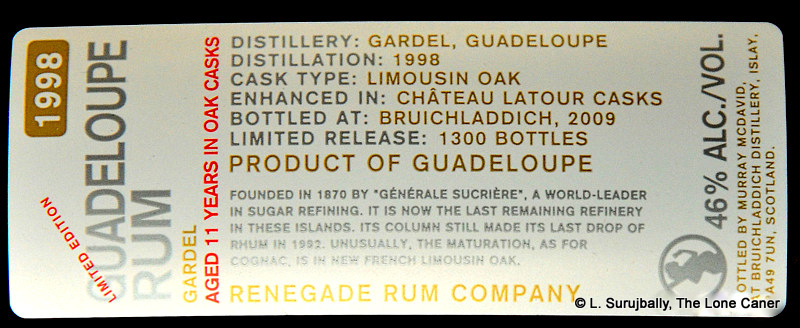

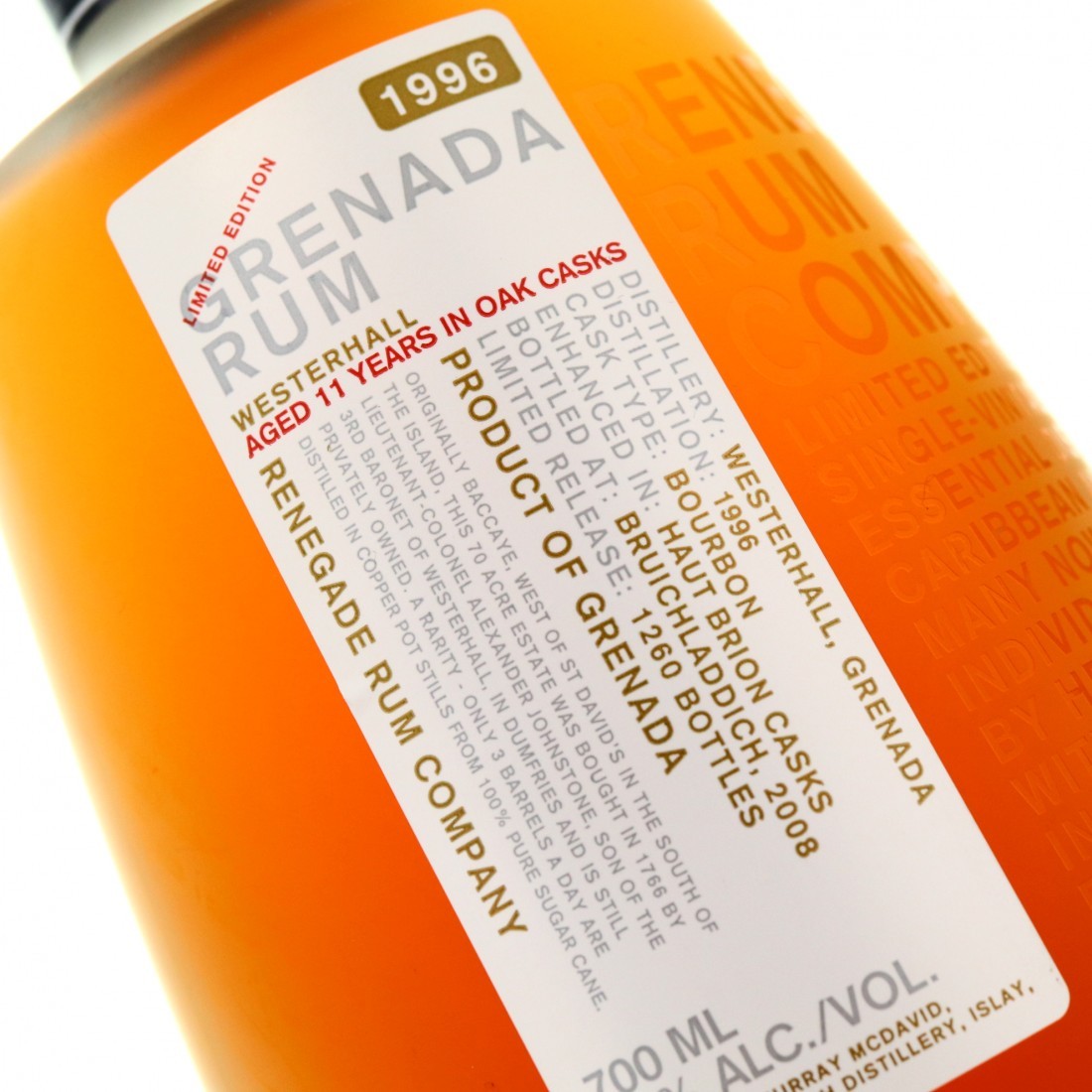

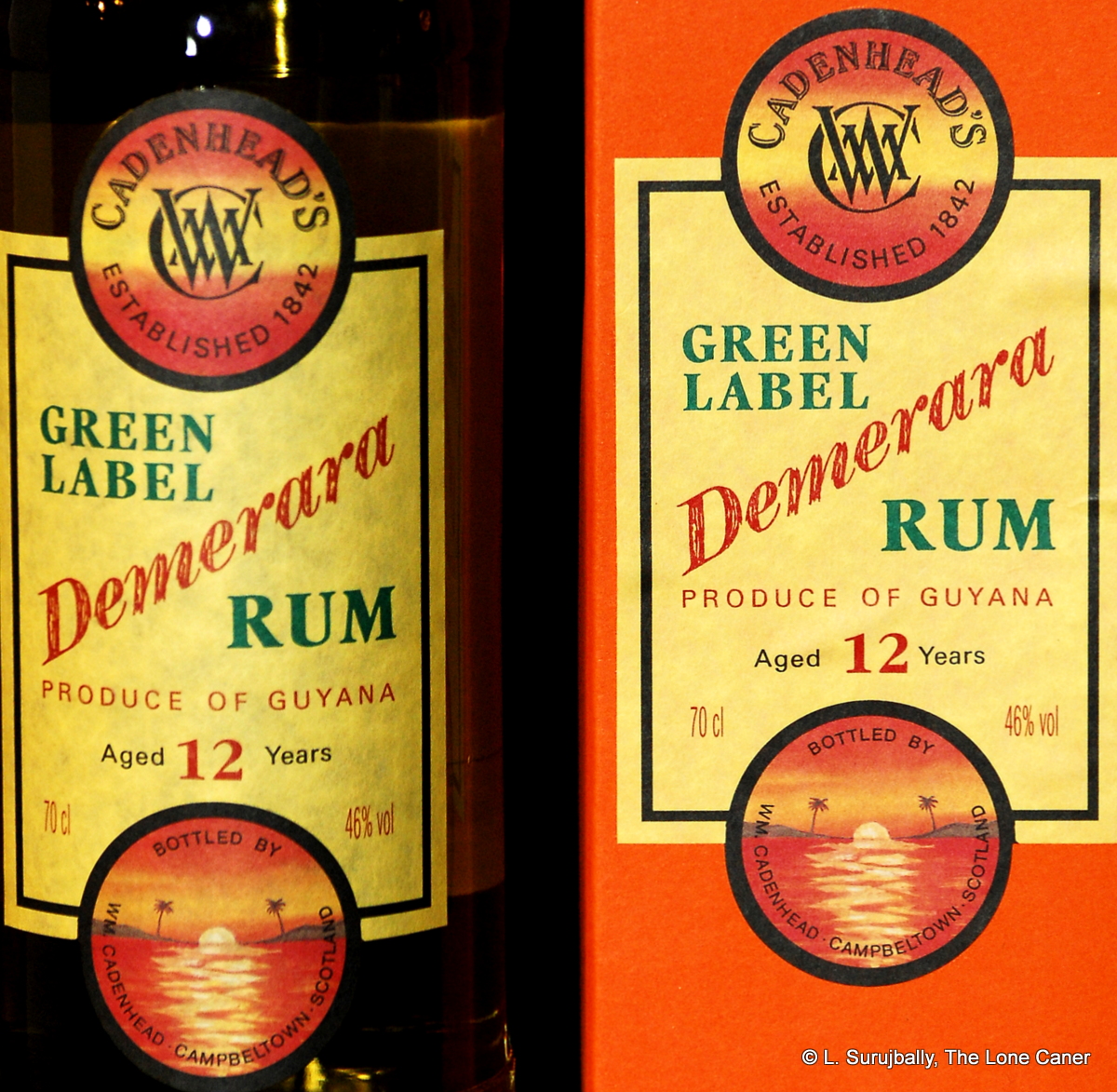
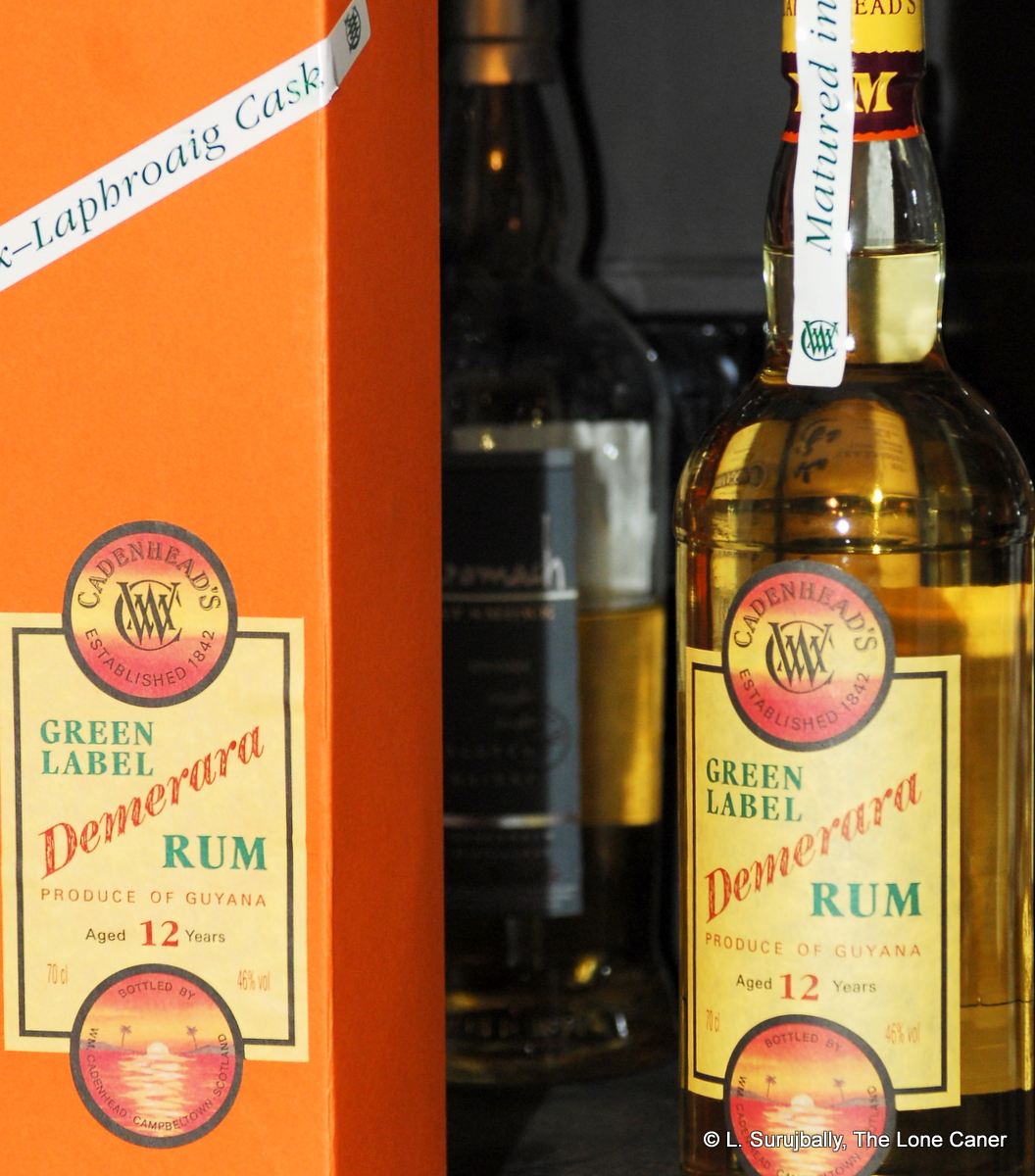
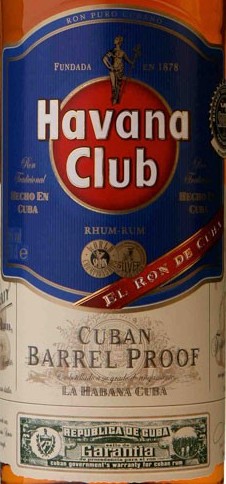 First posted 9th June 2010 on Liquorature.
First posted 9th June 2010 on Liquorature.